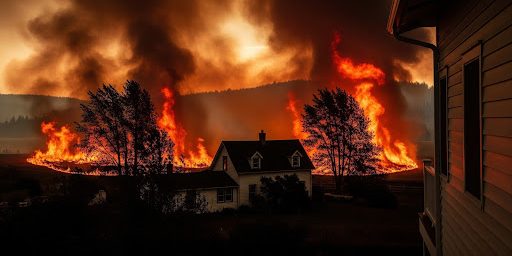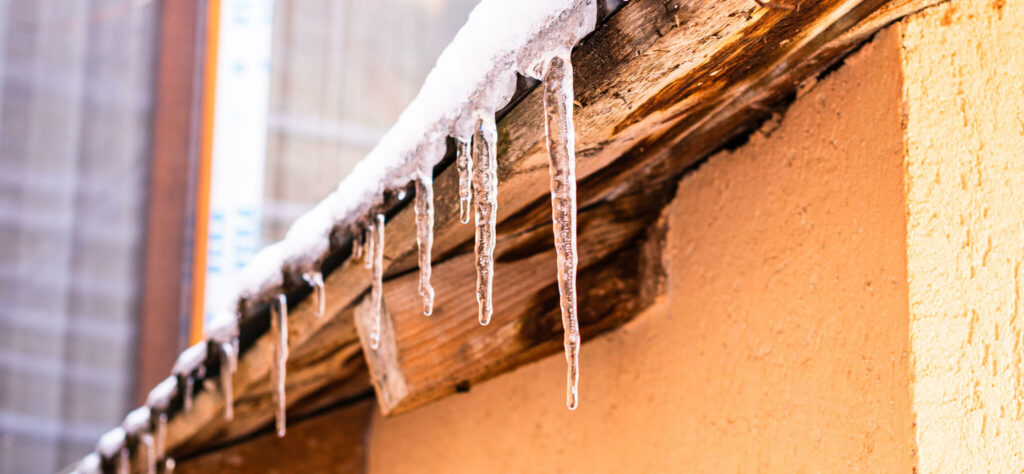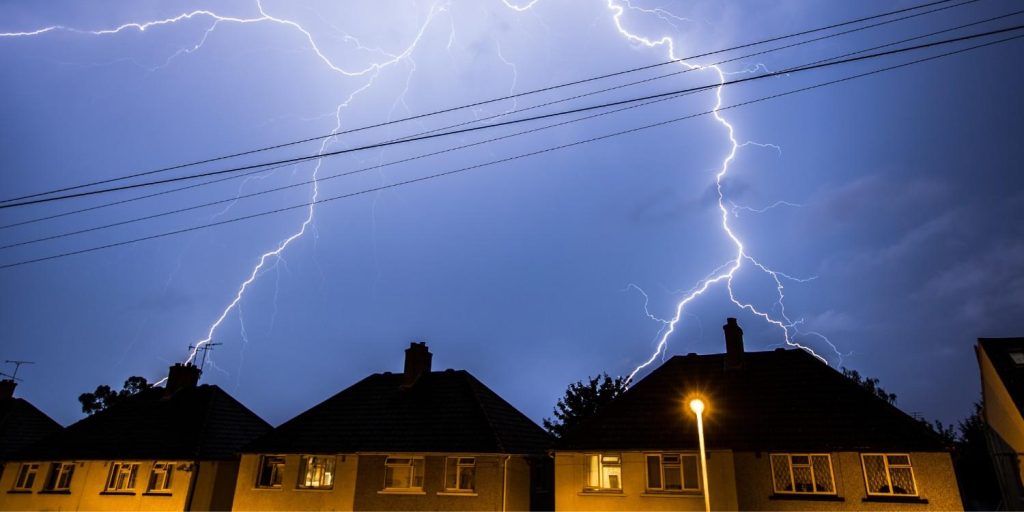Ontario’s vast natural beauty is a draw for many who seek the tranquillity of rural living. However, as climate patterns shift, our province is experiencing increasingly severe and frequent wildfire seasons. For rural homeowners, especially those nestled near forests, understanding and mitigating these risks is more crucial than ever.
At Strong Roots Insurance, we’re dedicated to providing tailored insurance solutions that offer peace of mind. We believe that an informed client is a protected client, and that’s why we’re shedding light on how you can safeguard your rural property against the growing threat of wildfires.
Creating a Defensible Space: Your First Line of Defence
One of the most effective strategies for protecting your home from wildfires is establishing a “defensible space.” This isn’t just about clearing a few branches; it’s a strategic zone around your property designed to reduce the intensity of an approaching fire and provide a safer environment for firefighters.
In Ontario, FireSmart principles offer excellent guidance. Here’s what you can do:
- Zone 1 (0-1.5 metres from your home): This is your immediate non-combustible zone. Remove all flammable materials, including dried leaves, pine needles, firewood, and even outdoor furniture made of combustible materials. Consider using gravel, concrete, or a well-maintained, irrigated lawn in this area.
- Zone 2 (1.5-10 metres from your home): In this intermediate zone, focus on reducing fuel. Keep your grass trimmed short (under 10 cm), prune lower branches of trees (at least 2 metres from the ground), and ensure shrubs are well-spaced and regularly maintained. Avoid dense plantings that can act as a ladder for fire to spread.
- Zone 3 (10-30 metres and beyond): This outer zone focuses on thinning out denser vegetation and maintaining a healthy, less flammable landscape. Remove dead trees and shrubs, and create breaks in continuous vegetation to slow fire spread.
By actively managing your defensible space, you’re not just protecting your property; you’re also significantly improving the chances of firefighters being able to successfully defend your home.
Building Resilience: Fire-Resistant Materials
Beyond landscaping, the materials your home is built with play a significant role in its ability to withstand wildfire. While complete fireproofing might be unrealistic, choosing fire-resistant materials for new construction or renovations can make a substantial difference.
Consider these options for enhanced protection:
- Roofing: Metal, asphalt shingles, clay, or concrete tiles offer superior fire resistance compared to highly combustible materials like cedar shakes. Your roof is particularly vulnerable to airborne embers, so this is a critical area.
- Siding: Materials like stucco, brick, fibre cement, or non-combustible siding offer better protection than wood siding, which can easily ignite.
- Windows: Dual or triple-pane windows with tempered glass can help reduce radiant heat transfer, preventing interior ignition from outside heat.
- Vents and Openings: Ensure all vents (attic, foundation, etc.) are screened with fine mesh (6mm or smaller) to prevent embers from entering your home. Enclose the space under decks with fire-resistant materials.
While Ontario Building Code regulations include fire safety standards, going above and beyond, especially in rural, forested areas, provides an added layer of security.
Proximity to Forests and Your Insurance Premiums
It’s no secret that location plays a significant role in determining your home insurance premiums. For rural properties in Ontario, especially those in the wildland-urban interface (WUI), proximity to forests is a key factor insurers consider.
Here’s why:
- Increased Risk Exposure: Properties closer to dense forested areas inherently face a higher risk of wildfire damage. Insurers assess this risk based on geographical data, historical fire incidents in the area, and even the type of vegetation surrounding your property.
- Response Times: Rural properties are often further from municipal fire halls and hydrants. Longer response times can mean more extensive damage in the event of a fire, leading to higher potential claims costs for insurers.
- Rebuilding Costs: The cost of rebuilding or repairing homes in remote or rural areas can be higher due to logistics, material transportation, and limited access for contractors.
While you can’t pick up your home and move it, implementing the preventative measures discussed above can demonstrate to insurers that you are actively mitigating your risk. Strong Roots Insurance works with multiple providers to find competitive rates, and proactively addressing wildfire risks can be a point of discussion when reviewing your policy. We’ll help you understand how these factors affect your coverage and ensure you have the appropriate protection for your unique situation.
Your Solid Foundation for Protection
At Strong Roots Insurance, we believe in building long-term relationships with our clients, providing expert advice and personalized attention every step of the way. As wildfire threats evolve in Ontario, we’re here to help you navigate the complexities of insurance, simplify the process, and ensure you have the comprehensive coverage you need to protect what matters most.
Contact Strong Roots Insurance today for a personalized consultation and let us help you build a solid foundation of protection for your rural property.



